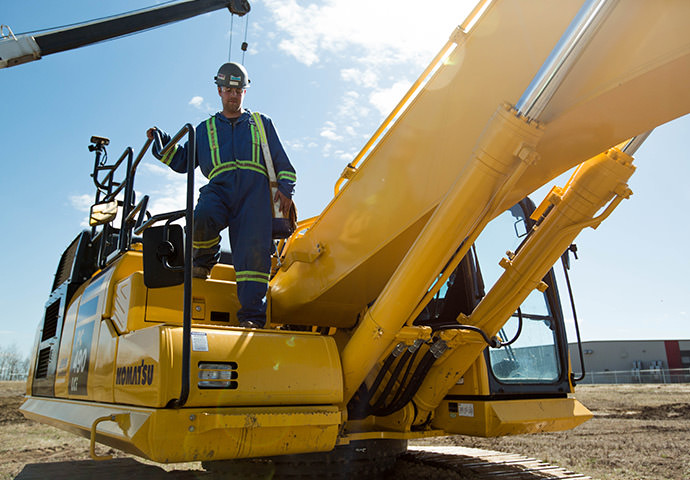"We tend to handle information in a highly compartmented fashion. Information does not freely flow between relevant functions internally. It doesn't freely flow externally. And that creates some significant issues in terms of governance, in terms of ensuring relevant expertise can address problems for which that expertise is required, and it impairs building trusting relationships," he said.
Morinville said that when it comes to mineral development today, the industry needs to have very high environmental performance and performance with Indigenous relations, government relations, and the general public.
"We sat with our local team in Quebec and thought about what are the key values that we wanted to find ourselves as a company because we're the ones that are going to be on the ground, and it also means that we're building up our company locally, and wanting to make sure that who we're bringing into the company have shared values," she said.
Since companies exploring mineral production are concerned with their impact on the environment and communities, these projects should be viewed as an opportunity to work with First Nations territories and the surrounding communities to ensure proper impact assessments and community engagement is executed thoroughly. Taggart offered suggestions for ways to produce meaningful engagement with First Nation communities.
"The Algonquins of Pikwakanagan believe the earlier a First Nation becomes aware of and is engaged in a project, even as early as the conception phase, the better for all parties. The more transparent the planning and development phases, the more involved the First Nation is in various studies that aid to the outcome of a project in a real and tangible way, the better the overall outcome of a project," she said.
Taggert added that proponents need to start looking at First Nation engagement in different ways:
- Once a site is known to be viable, even before Western science experts get involved, outreach should happen to all potentially affected First Nation communities.
- First Nations could then be supportive in conducting a project-based land-use study.
"The study's outcome will clearly show the impact a mine could have on the people who use the land and the plants, land, waters and animals within or in proximity to a potential mine site," Taggert explained.
















































